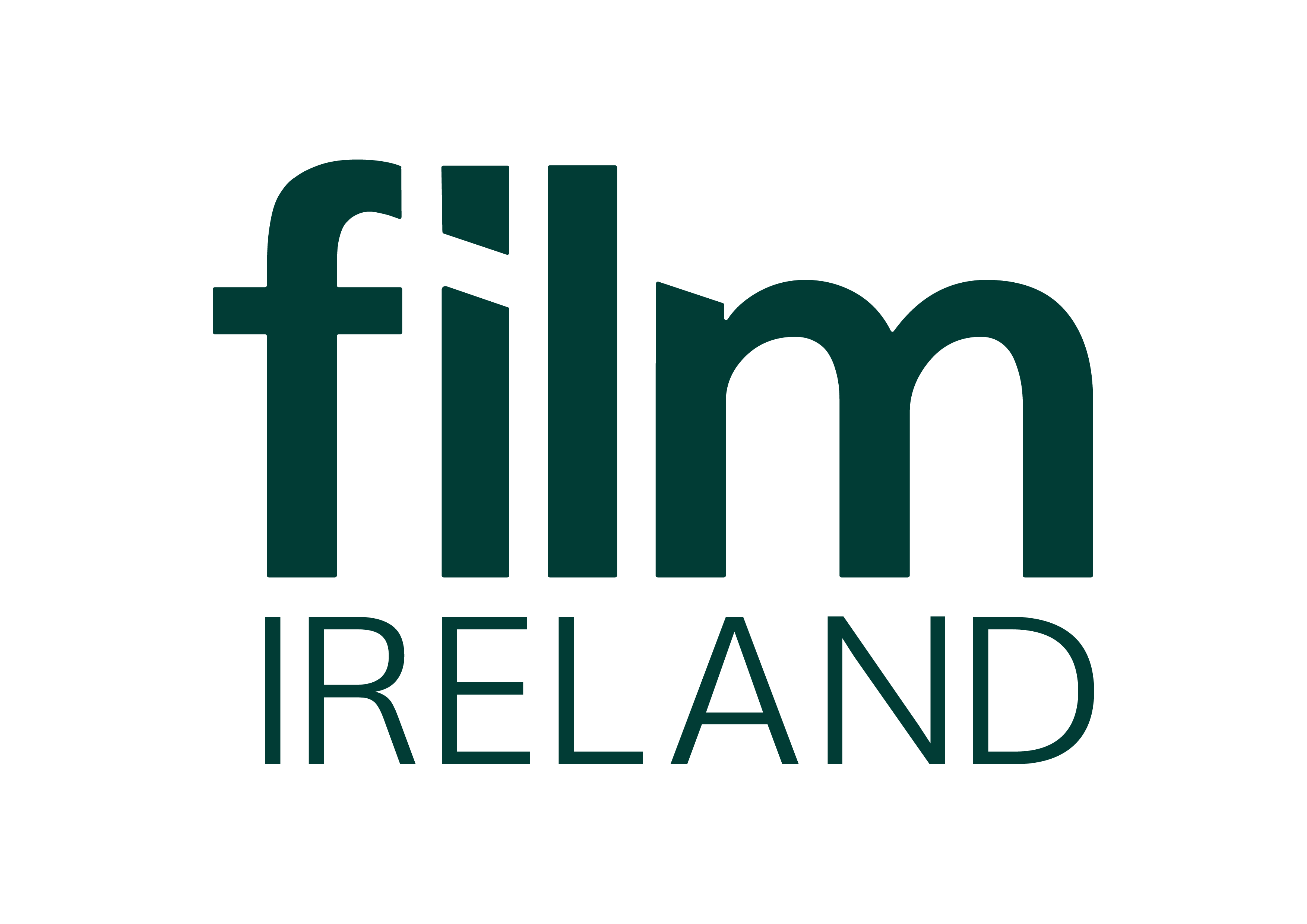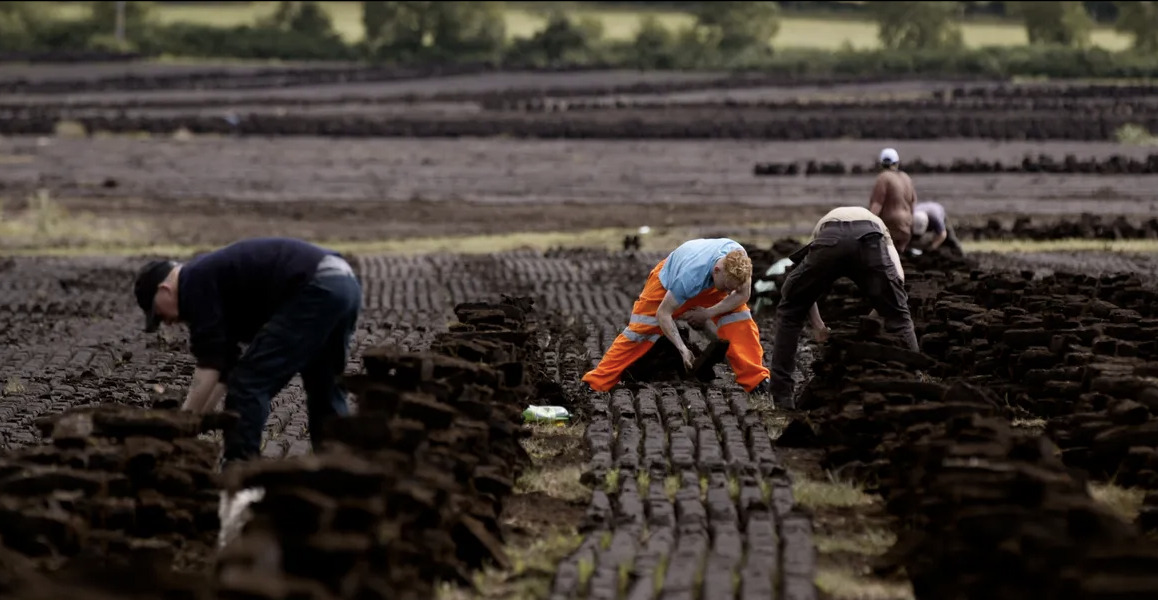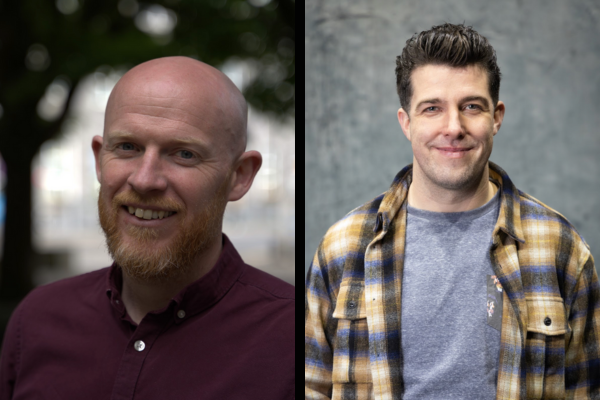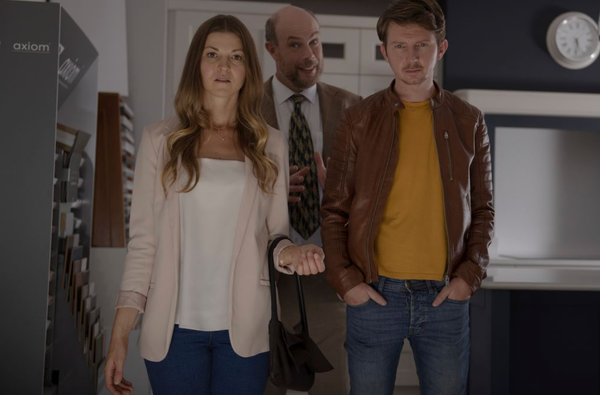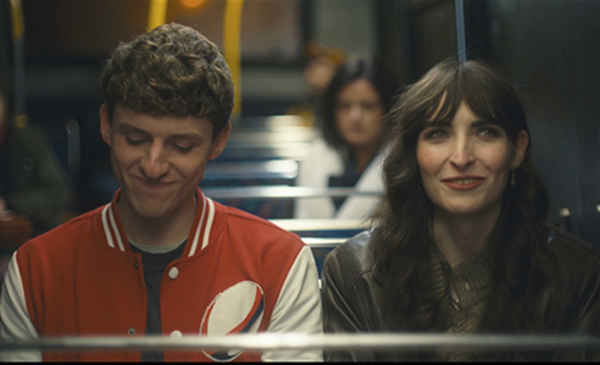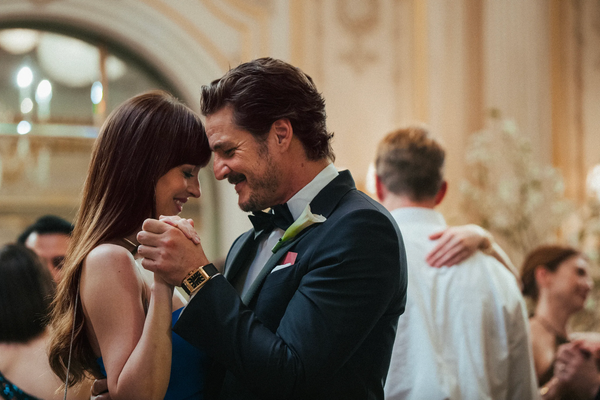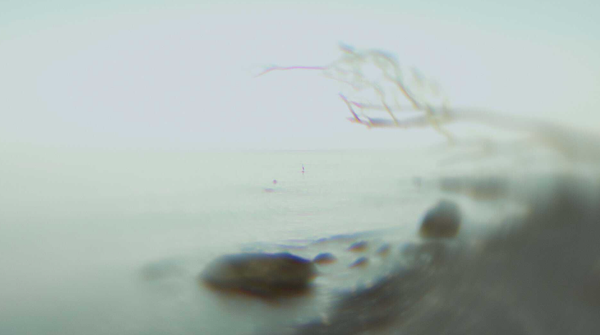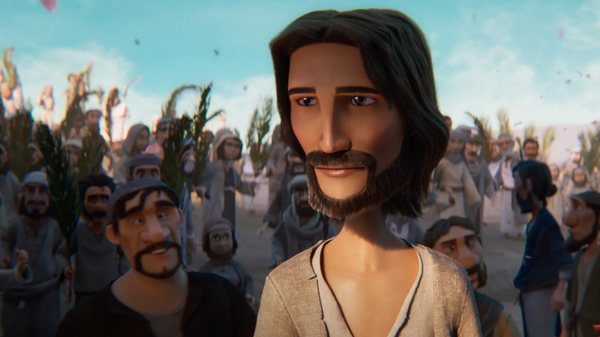Matthew Briody reaches for the top shelf in his review of At the Bottom of the Reen.
The struggles of a small-town pub in Tipperary are illuminated through traditional music in Molly Kiely’s powerful short documentary. At the Bottom of the Reen tells the story of Buddy’s Pub, a once bustling watering hole in the heart of Glengoole. Focusing on the pub’s third-generation owner, Sinéad Brennan, the film paints a vivid portrait of rural life and the difficulties of keeping a family business alive.
Molly Kiely is no stranger to telling a story through the medium of music. Through her work with Ringers Creative, Kiely has directed and produced an ad for Smithwick’s that many readers may have seen. As part of the Smithwick’s Originals Find Originals campaign, the ad focused on different people taking part in Irish traditions in unique and unexpected ways. Molly served as director and creative producer, telling the story of Kozo Toyota, a musician based in Tokyo who plays traditional Irish music. Kiely has also worked with brands such as Sport Ireland and Chill Insurance.
This short, however, tells a different story, and blends music and tradition to unfurl a fascinating tale. At a traditional music session, where a woman sings soulfully under the comforting hue of old-fashioned bar lights, we are introduced to Sinéad. She talks about the pub and its history. Once a lively hub, Buddy’s is now only open once a month, as it is near impossible for Sinéad to run on her own.
At one time, Glengoole was a mining town with better employment prospects and financial security. Buddy’s has been there for ninety years, serving the young people and workers - as crucial to the community during that period as the mine itself.
Buddy’s has suffered a number of setbacks in recent years. There have been losses in Sinéad’s family, the impact of COVID, and the ageing population of Glengoole. Many of the patrons who once filled its stools have either passed away or are now in nursing homes. As Sinéad laments the past, Kiely ensures you empathise without pitying her. Sinéad busies herself with tasks: serving, keeping the fire burning, or simply clearing up around the pub. The importance of her work is undeniable. While there are short accounts from locals and patrons, the majority of the film is devoted to Sinéad.
Perspective is everything. The cinematography by Ted Daly is intimate and warm. Rather than operating as a passive observer, Daly’s camera is immersive, creating familiarity with the subject, often through tight close-up shots. At other times, the lens showcases the pub from a patron’s point of view. Kiely filmed with an extremely small crew of just three people. They document Sinéad as she teaches local children music, and as they all play together in the pub. She humbly says: “I wouldn’t really call myself a teacher. I just pass down what I know.”
Rural Ireland has been changing, and this has taken its toll on the community. The patrons cite how important Buddy’s is to them. It is their place to socialise and their source of information. How else would they know what is going on?
There are a number of powerful ballads sung throughout the film, particularly one recording of Sinéad’s father from the 1980s, when a radio station from Kilkenny came to Buddy’s and recorded him singing. As the film comes to a close, his refrain “At the bottom of the reen” echoes with power. The importance of this space is unmistakable. Just as Sinéad keeps the fire in the pub lit, she also keeps the fire of Glengoole alive with her determination and dedication to prevent those doors from closing. In a world that is shifting so quickly, this thoughtful short serves as a reminder of the importance of keeping some traditions alive.
At the Bottom of the Reen screened at Docs Ireland, Programme 1 of the Competition Shorts, on 25th March 2025 at Queen’s Film Theatre, Belfast.
